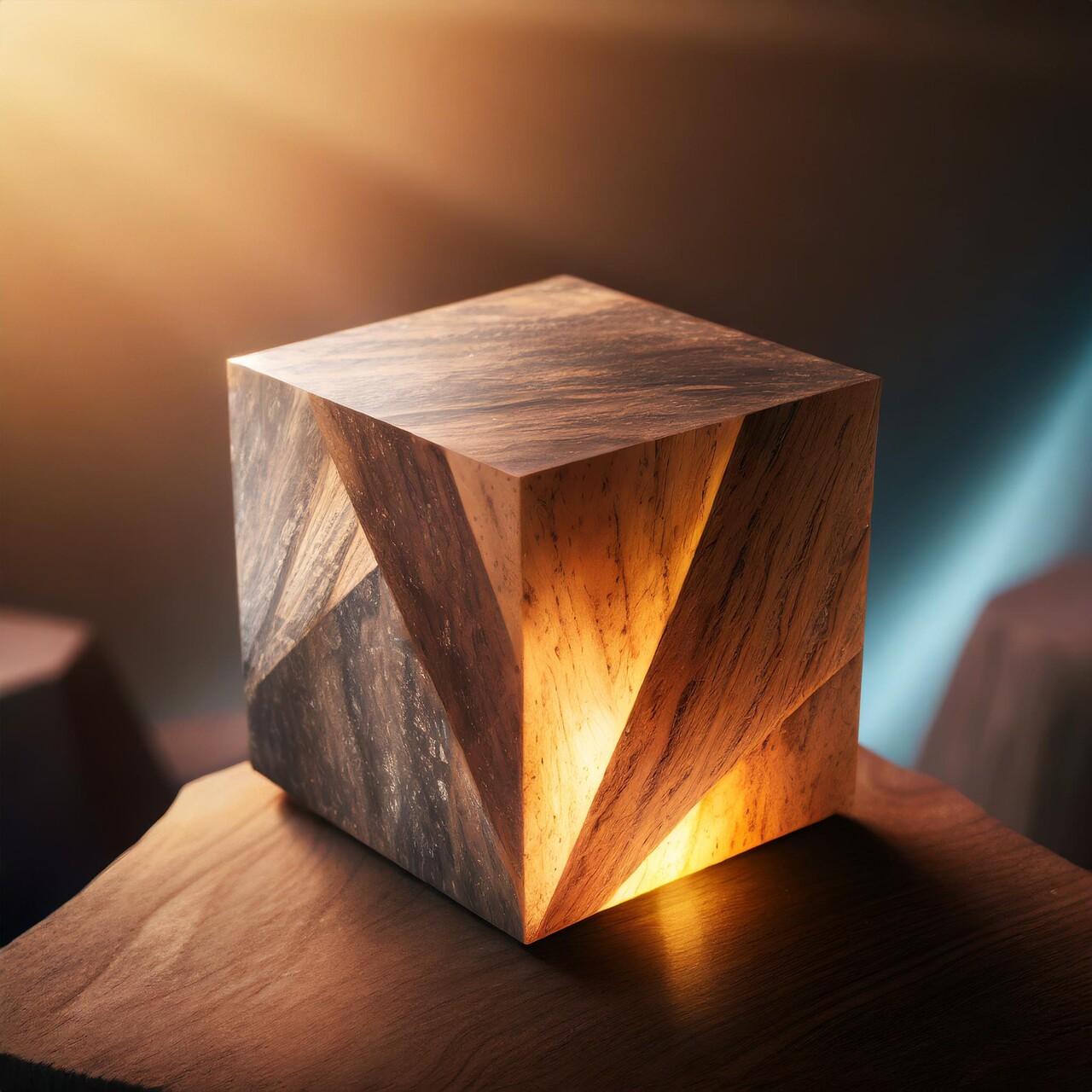In the last post, we talked about the cost of render farms, which are computer clusters that speed up rendering for graphics and visual effects. While they can be useful for short deadlines, investing in your own hardware is a better long-term investment that can save money and improve productivity.
But what is rendering? 3D artists are very familiar with the process, but clients who are new to 3D projects might not understand why rendering a short animation can take days or even weeks. How can you explain what rendering is and why it takes so long? This blog post will explore these questions.
3D rendering is the process of converting a 3D model or scene into a 2D image or animation. It is an essential step in the creation of computer-generated imagery (CGI) used in video games, movies, and other visual media. Rendering involves simulating the behavior of light and shadows, textures, and other properties of the virtual objects in a scene. The resulting image or animation can then be used for various purposes such as marketing, entertainment, and scientific visualization.
Rendering is a complex and computationally intensive task that can take a significant amount of time, even on high-end computers. There are several reasons why 3D rendering takes so long:
- Ray Tracing and Global Illumination One of the main reasons for the slow rendering process is the use of ray tracing and global illumination. Ray tracing simulates the behavior of light by tracing the path of light rays from the source to the object and back to the camera. Global illumination takes this a step further by calculating the indirect light reflected from surrounding objects. These processes can be very time-consuming, especially for scenes with many light sources and reflective surfaces.
- Resolution and Sampling The resolution of the final image or animation can also affect the rendering time. Higher resolutions require more pixels to be processed, resulting in longer render times. Additionally, sampling refers to the number of rays traced per pixel, which can affect the accuracy and quality of the final image. Higher sampling rates can produce more realistic results but can also significantly increase the rendering time.
- Complexity of the Scene The complexity of the scene can also impact the rendering time. Scenes with many objects, textures, and lighting sources require more processing power to render. Additionally, scenes with complex geometry and high polygon counts can be particularly taxing on the rendering process.
- Hardware and Software The hardware and software used for rendering can also affect the rendering time. Modern CPUs and GPUs are optimized for handling complex rendering tasks, and using specialized software like Autodesk Maya, 3ds Max, and Blender can also help speed up the rendering process.
In short, 3D rendering is a complex process that involves simulating light and shadows, textures, and other properties of virtual objects in a scene. Slow rendering times are due to the use of ray tracing and global illumination, scene complexity, hardware and software, resolution and sampling. Despite being time-consuming, technology advancements have led to faster rendering and more realistic results, allowing artists and designers to create immersive and visually stunning content.

